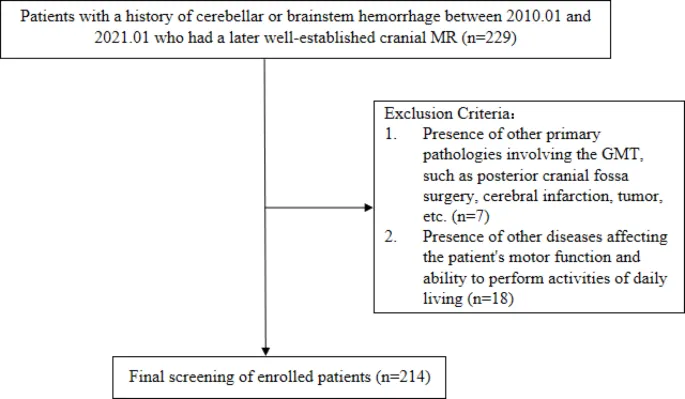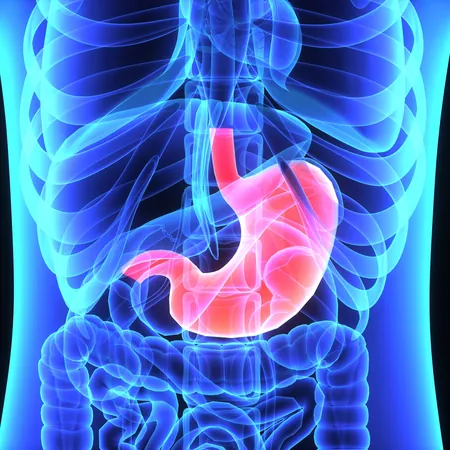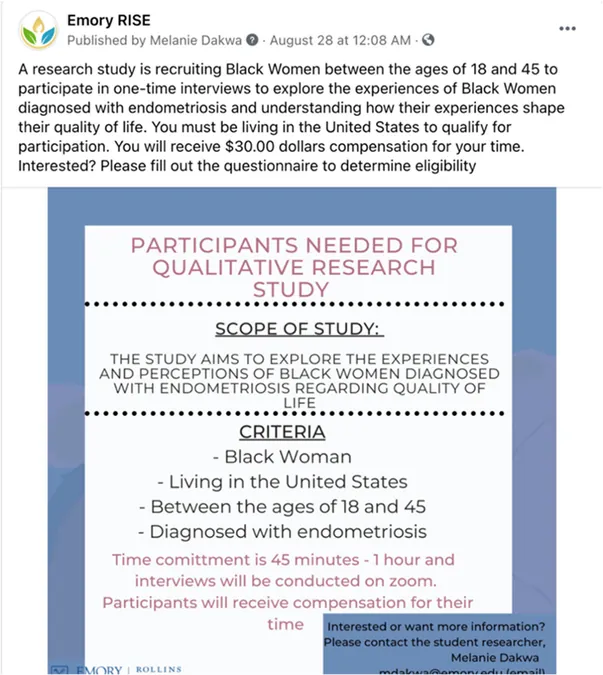
Unraveling Hypertrophic Olivary Degeneration: The Hidden Impact of Brainstem and Cerebellar Hemorrhages
2025-08-25
Author: Arjun
What is Hypertrophic Olivary Degeneration?
Hypertrophic Olivary Degeneration (HOD) is a puzzling neurological condition characterized by degeneration along the dentato-rubro-olivary pathway, primarily following injuries to the brainstem or cerebellum. Discovered as early as 1887 by Oppenheim, it wasn't until 1931 that Guillain and Mollaret connected the dots between HOD and damage in this critical pathway.
The Guillain-Mollaret Triangle Explained
This pathway is no simple affair; it consists of a network of neurons connecting the dentate nucleus, red nucleus, and the inferior olivary nucleus (ION), collectively forming what is termed the Guillain-Mollaret triangle (GMT). Disruption anywhere along this route can unleash the onset of HOD, revealing its ties to various medical conditions including strokes, tumors, and even complications from surgery.
Understanding the Triggers of HOD
What makes HOD particularly fascinating is its array of causes—while cerebrovascular accidents are the most chronicled culprits, other conditions such as toxic exposures and neurodegenerative disorders also play a role. This diverse list showcases how intricate and multifaceted HOD truly is, underlining the necessity for thorough diagnostics.
Striking Symptoms and Diagnostic Challenges
Patients often manifest alarming symptoms like palatal tremors, nystagmus, and ataxia, which ironically improve before HOD becomes evident. Magnetic Resonance Imaging (MRI) does highlight a telltale enlargement of the ION along with prolonged T2 signal intensities, but these features mirror other post-injury symptoms, often leading to misdiagnoses.
Recent Insights from a Large-Scale Study
In a recent study involving 214 patients suffering from brainstem or cerebellar hemorrhages, a startling 36 individuals were identified with secondary HOD. This discovery indicates that HOD is not as rare as once believed, especially following strokes to the posterior circulation. Interestingly, patients who suffered cerebellar hemorrhages experienced a quicker onset of symptoms compared to their brainstem counterparts.
Deciphering Prognosis: A Grim Outlook?
Current understanding indicates a notably poor prognosis for HOD patients, particularly those with secondary degeneration. Many patients find little relief from conventional therapies, exhibiting significant daily living challenges.
Tackling HOD: Current Treatments and Innovations
Management strategies primarily revolve around symptom relief, utilizing medications that enhance GABAergic inhibition or transcranial stimulation techniques. However, some studies suggest that HOD may resolve on its own without extensive intervention.
The Path Ahead: Need for Awareness and Research
Though the imaging and symptom profiles of HOD are well-noted, more extensive studies are vital to completely grasp this complex condition. With ongoing investigations, the medical community hopes to not only improve diagnostic accuracy but also discover effective treatments for HOD and its diverse manifestations.


 Brasil (PT)
Brasil (PT)
 Canada (EN)
Canada (EN)
 Chile (ES)
Chile (ES)
 Česko (CS)
Česko (CS)
 대한민국 (KO)
대한민국 (KO)
 España (ES)
España (ES)
 France (FR)
France (FR)
 Hong Kong (EN)
Hong Kong (EN)
 Italia (IT)
Italia (IT)
 日本 (JA)
日本 (JA)
 Magyarország (HU)
Magyarország (HU)
 Norge (NO)
Norge (NO)
 Polska (PL)
Polska (PL)
 Schweiz (DE)
Schweiz (DE)
 Singapore (EN)
Singapore (EN)
 Sverige (SV)
Sverige (SV)
 Suomi (FI)
Suomi (FI)
 Türkiye (TR)
Türkiye (TR)
 الإمارات العربية المتحدة (AR)
الإمارات العربية المتحدة (AR)